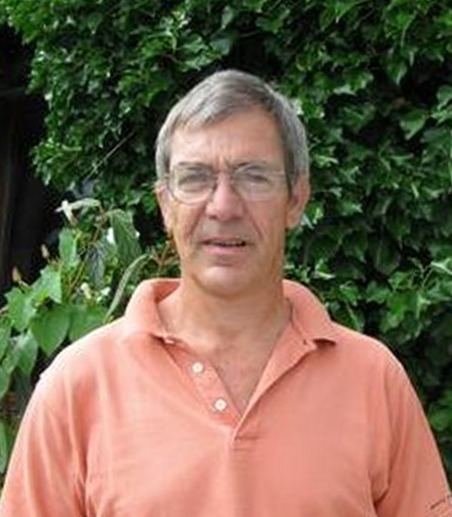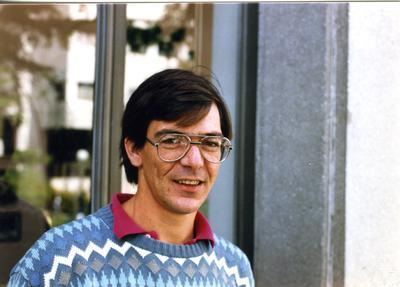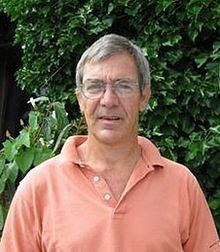Nationality Dutch Fields Mathematics | Name Rene Schoof | |
 | ||
Alma mater | ||
Doctoral advisor Hendrik W. Lenstra Jr. | ||
Ren schoof im interview zum netzwerk schulewirtschaft ostdeutschland
René Schoof (born 8 May 1955, Den Helder) is a mathematician from the Netherlands who works in Algebraic Number Theory, Arithmetic Algebraic Geometry, Computational Number Theory and Coding Theory.
Contents
- Ren schoof im interview zum netzwerk schulewirtschaft ostdeutschland
- The Wiles Lenstra Criterion for Complete Intersections Rene Schoof
- Some publications
- References

He received his Ph.D. in 1985 from the University of Amsterdam with Hendrik Lenstra (Elliptic Curves and Class Groups). He is now a professor at the University Tor Vergata in Rome.

In 1985, Schoof discovered an algorithm which enabled him to count points on elliptic curves over finite fields in polynomial time. This was important for the use of elliptic curves in cryptography, and represented a theoretical breakthrough, as it was the first deterministic polynomial time algorithm for counting points on elliptic curves. The algorithms known before (e.g. the baby-step giant-step algorithm) were of exponential running time. His algorithm was improved by A. O. L. Atkin (1992) and Noam Elkies (1990).
He obtained the best known result extending Deligne's Theorem for finite flat group schemes to the non commutative setting, over certain local Artinian rings. His interests range from Algebraic Number Theory, Arakelov theory, Iwasawa theory, problems related to existence and classification of Abelian varieties over the rationals with bad reduction in one prime only, algorithms.
In the past, René has also worked with Rubik's cubes by creating a common strategy in speedsolving used to set many world records known as F2L Pairs, in which the solver creates four 2-piece "pairs" with one edge and corner piece which are each "inserted" into F2L slots in the CFOP method to finish the first two layers of a 3x3x3 Rubik's cube. This strategy is also used for all cubes of higher order (4x4x4 and up) in the Reduction, Yau, and Hoya methods if CFOP is used for their 3x3x3 stages.
He also wrote a book on Catalan's conjecture.
